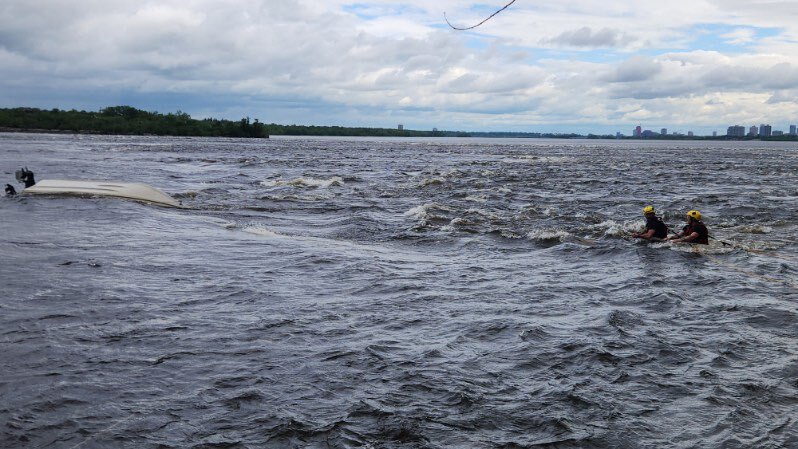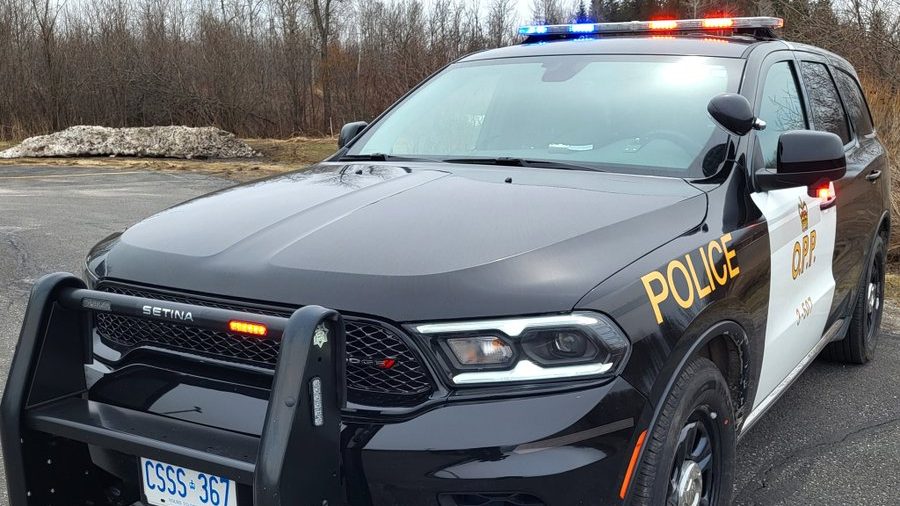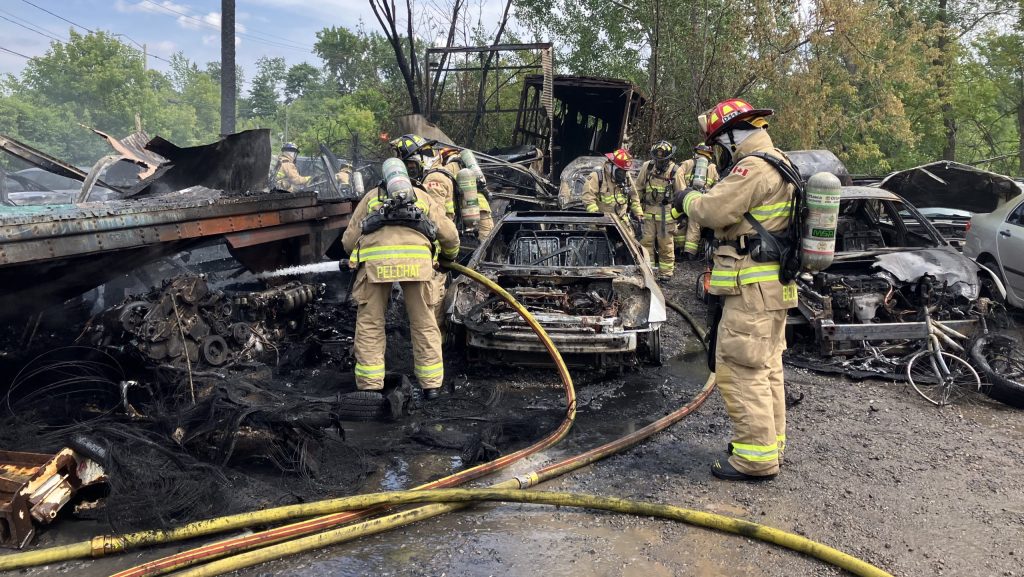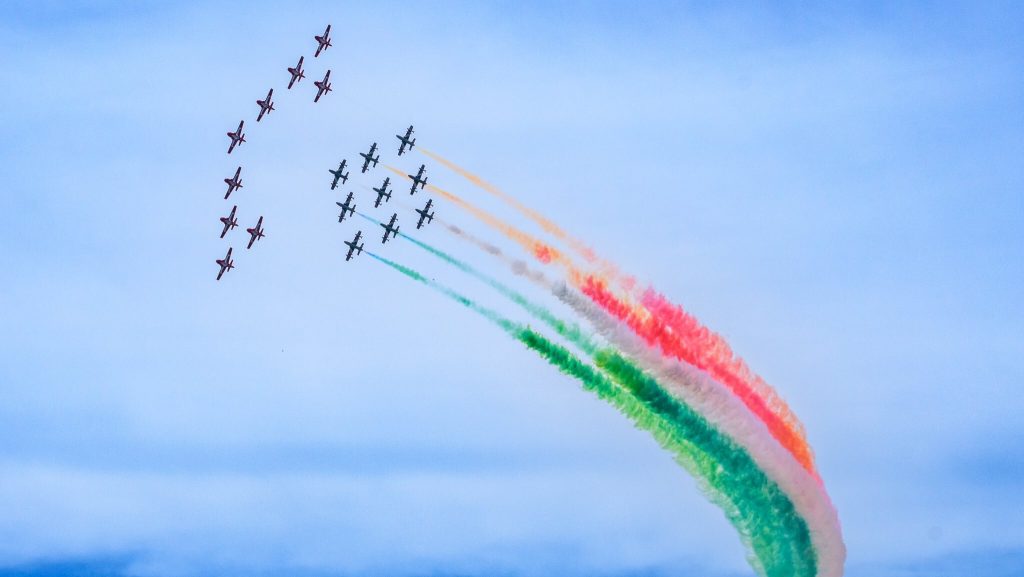Amid recent cases of water-related deaths in Ottawa, officials explain why

Posted Jun 11, 2024 12:21:12 PM.
Last Updated Jun 11, 2024 03:10:56 PM.
Over the past several weeks, emergency responders have been called for multiple suspected drownings and in two of those instances, children have died.
In the latest occurrence, crews pulled an 11-year-old boy from the Carp River Conservation Area, where the boy’s friend, and 9-1-1 caller, said he jumped from a bridge.
Just last week, a 9-year-old boy died after being pulled from Britannia Beach.
As the summer heat descends on the nation’s capital, people are looking for places to cool off and are spending more time outside, which can lead to dangerous situations.
Nick DeFazio, media relations officer with Ottawa Fire Services (OFS), told CityNews that crews have completed eight rescues from Deschênes Rapids in the Ottawa River this year. In one of those instances, a person died.
Since 2020, firefighters have seen an increase in rescues from popular spots across Ottawa. DeFazio said this has to do with people picking up water-related activities during the pandemic.
“There’s definitely been an influx since COVID because the leisurely activities became more popular,” he said.
Britannia Beach is one of those popular areas for people to launch boats and swim, but it is also situated just upstream of the Deschênes Rapids.
Each year, OFS’ Water Rescue Team performs numerous rescues in the area. DeFazio said the spot is “deceiving” making the rapids extremely dangerous.
“People don’t know what’s there…And once you see them, you’re basically too late,” he said.
People launch from Britannia Beach and paddle past the point and before they know it are sucked into the fast-moving Ottawa River.
DeFazio pointed out that last week two paddleboarders were caught in the rapids and had to be rescued because they were too exhausted after fighting the current.
Other areas of concern for crews include Remic Rapids and Little Chaudière Rapids.
Not only can water be dangerous for the public but the incidents also put firefighters at risk, DeFazio said.
“Part of our response for a water rescue is we send two water rescue teams, one to make the rescue and the second one is to keep an eye on our rescuers,” he said.
Water safety tips from the Lifesaving Society
That’s why there needs to be a lot of education around water and the dangers it poses, Sean Duffy, Vice-President, management and training at Lifesaving Society Ontario, said.
“We know that 67 to 70 per cent of our fatal drowning incidents are happening in those unsupervised open water settings like lakes, ponds and rivers,” he told CityNews in an interview. “So our message really is, know your environment, know the risks and what are the steps that you can do to keep yourself safe.”
Statistics from the Lifesaving Society show the number of water-related fatalities across Ontario is climbing. The number of deaths rose from 160 in 2011 to 211 in 2020.
Duffy said many tragedies can be avoided by wearing lifejackets and directly supervising children around water.

Knowing the area and ensuring the weather doesn’t dramatically change, can also play a part in water-related emergencies.
“Consider there are safer environments to go to, (for example) a lake with calm water is definitely a safer environment to go to than a river,” he said.
Duffy said if people are on a river, to make sure they are in designated swimming areas and lifeguarded beaches, where rescue equipment is.
Mooney’s Bay Beach, Britannia Beach and Petrie Island will have supervised swimming from noon to 7 p.m. starting June 15 to Aug. 25.
The 2024 Ontario drowning report notes that less than one per cent of fatal drownings happen in a lifeguard-supervised area.
“Drowning is preventable, but it’s an issue that affects so many people in this country, and we can all play a part to prevent drowning this summer,” Duffy said.








